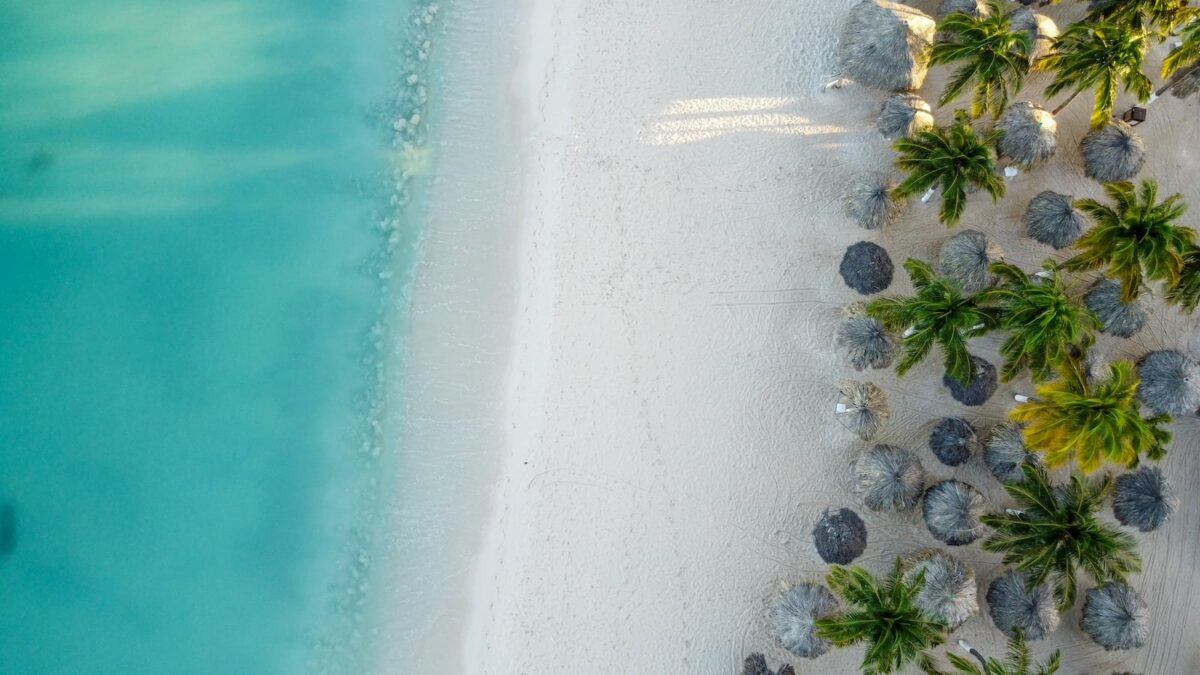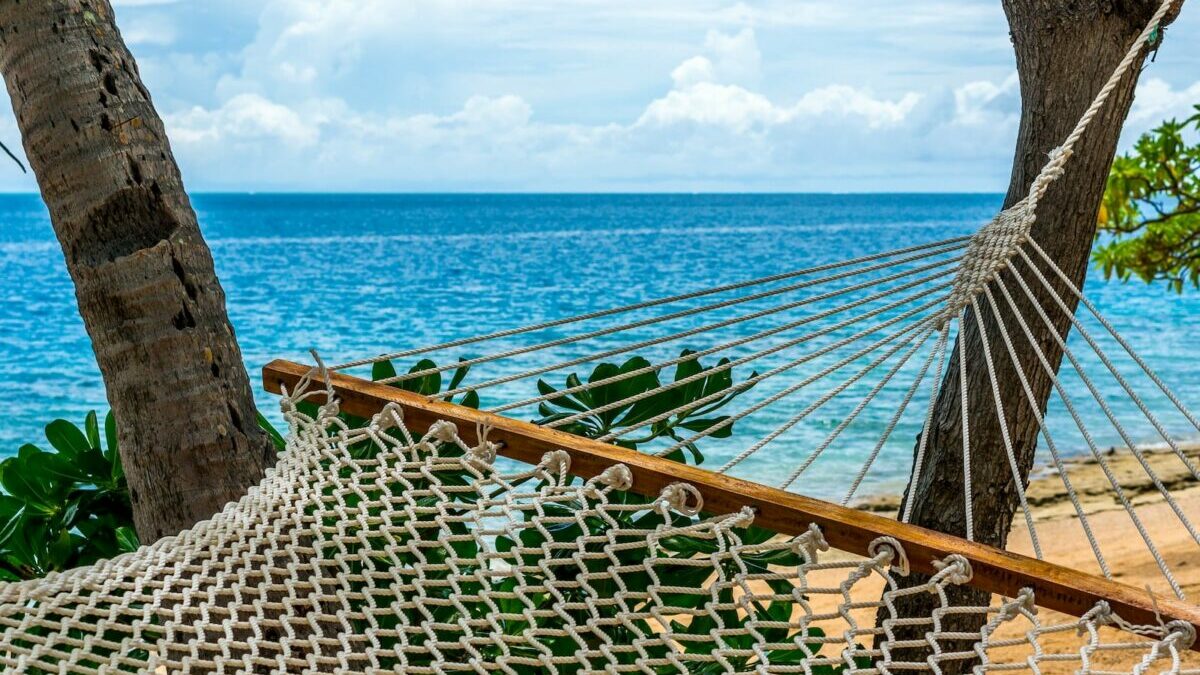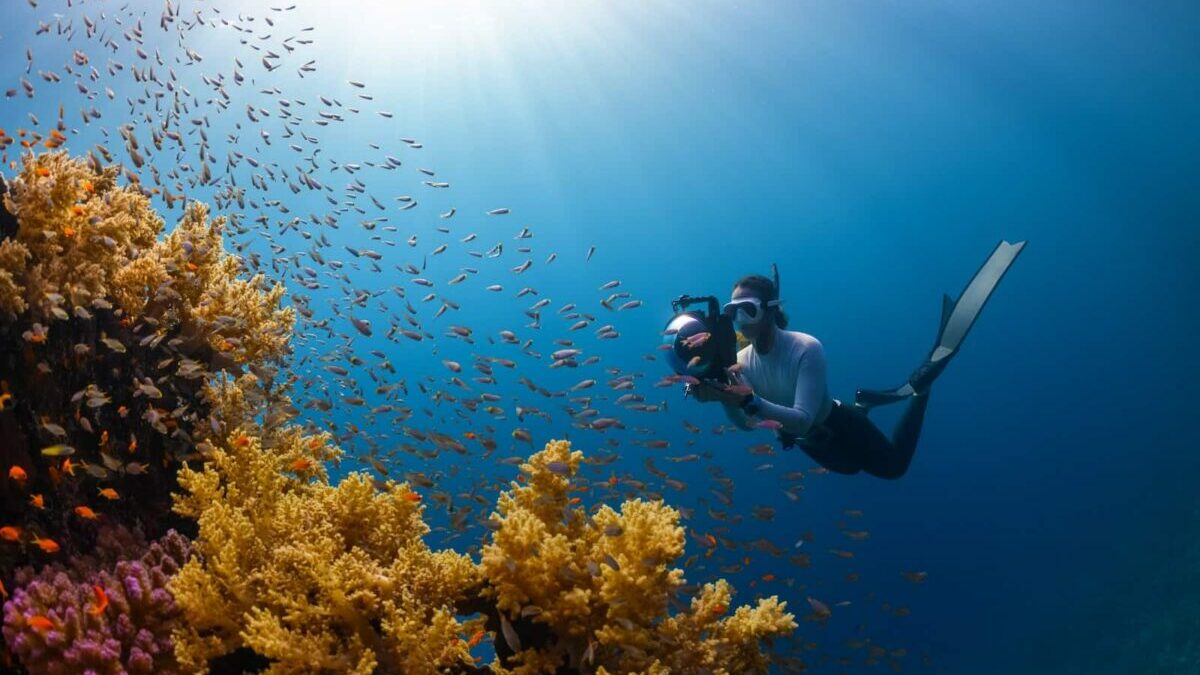
10 fantastic diving spots
Here is a list of ten diving spots around the world, in no particular order:
1. The Great Barrier Reef in Australia
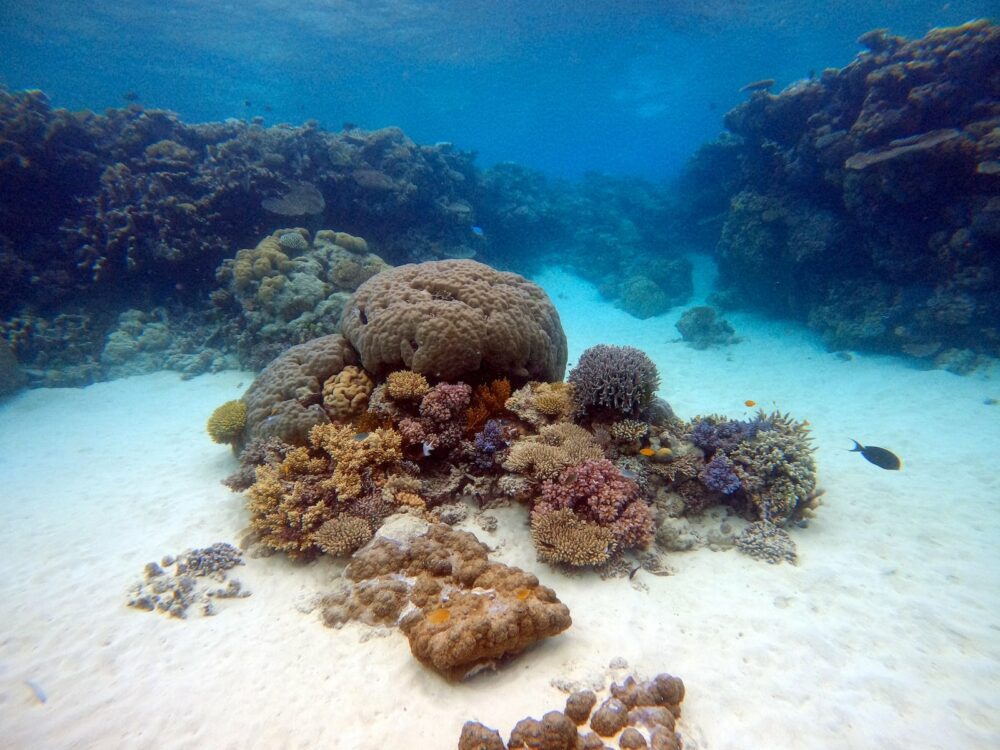
The Great Barrier Reef, located in Queensland, Australia, is one of the most beautiful and iconic dive spots in the world. Made up of over 2,900 individual reefs, the Great Barrier Reef is home to a staggering array of marine life, including turtles, manta rays, and sharks. With its crystal-clear waters and stunning coral reefs, the Great Barrier Reef is a must-visit for any diving enthusiast.
2. The SS Thistlegorm in the Red Sea
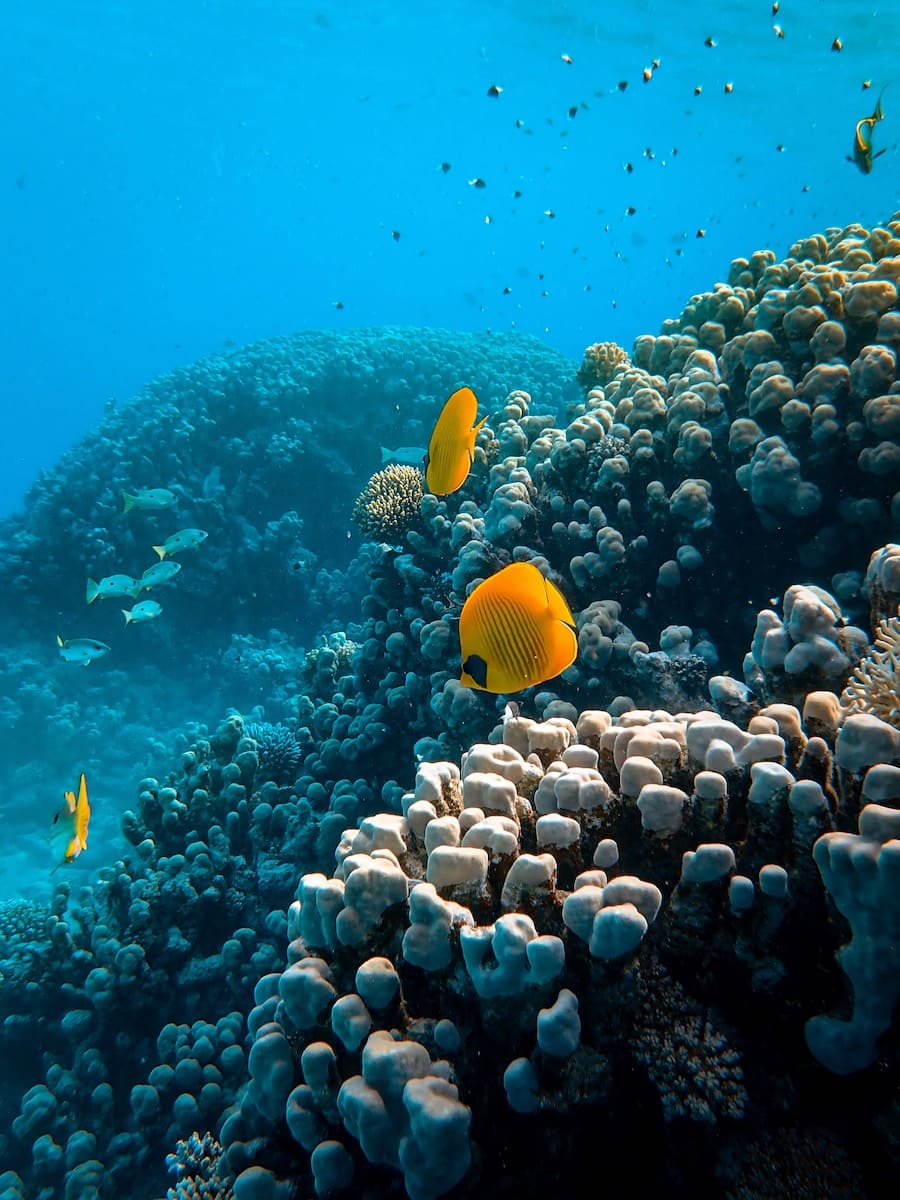
SS Thistlegorm was a British ship that was sunk in the Red Sea during WWII. The ship was carrying vehicles, trucks, jeeps, motorcycles, and other military vehicles. The cargo also included trucks of tins of food and sacks of mail. It is believed that the ship had been hit by a torpedo from a German U-boat when it was about to enter the Suez Canal. This led to its sinking and all the cargo being destroyed in 1944. It is now an underwater museum and diving site.
3. The Blue Hole in Egypt
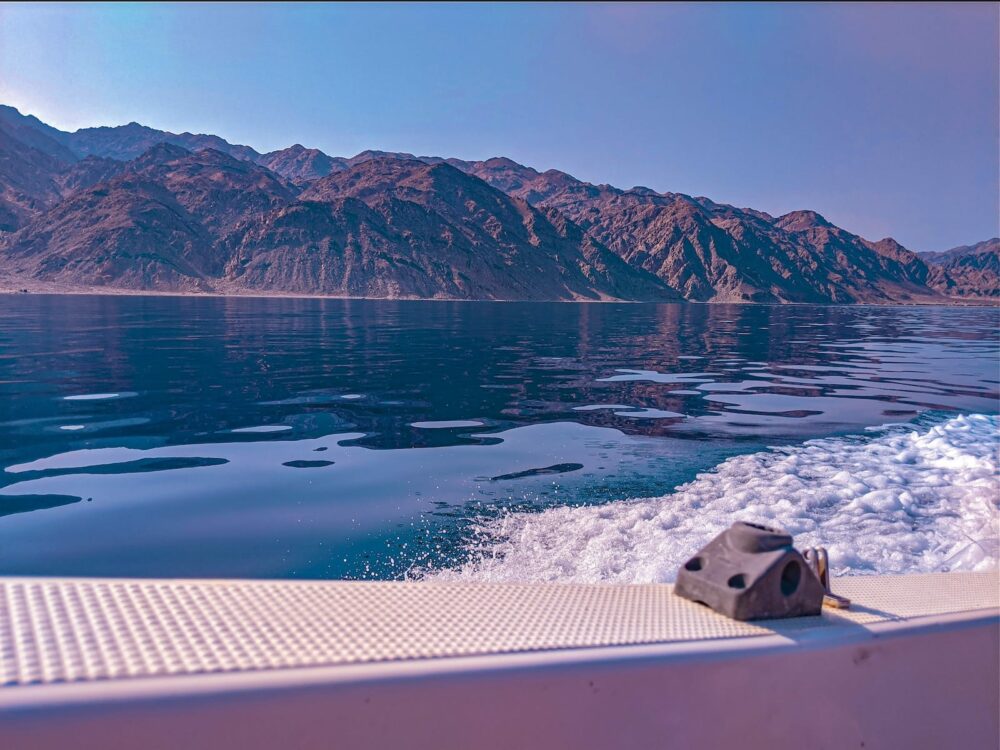
The Blue Hole is a diving spot in the Gulf of Aqaba. It is the world’s deepest known salt water sinkhole and lies 200 meters below sea level. The Blue Hole is located at the center of Dahab Bay on the coast of the Sinai Peninsula in Egypt, near El Quseir. This area was once a coral reef, but now has become a natural phenomenon. The hole is about 150 meters wide and 125 meters deep, with an underwater entrance at about 27 meters depth that leads to a circular pool measuring about 60 by 80 meters and with a maximum depth of 90 meters.
Ad
4. Richelieu Rock in Thailand
Richelieu Rock is a popular diving spot in Thailand. It is located on the East coast of Phuket Island, just south of the Phi Phi Islands. The dive site is a large rock formation with a maximum depth of 40 meters. This diving spot has been around since the late 1800s and was created by a volcanic eruption. The rock itself has many different peaks, which are all home to different types of coral and marine life.
5. The Flower Garden Banks National Marine Sanctuary in the Gulf of Mexico
The Flower Garden Banks National Marine Sanctuary is a marine sanctuary located in the Gulf of Mexico. It is the only known area in the world where coral reefs exist in deep water. The Flower Garden Banks National Marine Sanctuary was established on November 10, 1992 by President George H.W. Bush to protect and preserve one of the most diverse and complex coral reef ecosystems on our planet. The sanctuary contains over 200 species of coral and 500 species of fish. There are many different dive sites that can be visited, depending on what you are looking for. You can explore an area with coral and sponges, or go to a wreck site with deep water visibility.
6. Moorea in French Polynesia

Moorea is the largest of the Society Islands in French Polynesia and is located about 230 miles south of Tahiti. Moorea is a diving spot for anyone who wants to explore the underwater world. It’s a great place for beginners, as well as experienced divers. The most famous dive site in Moorea is the Tiputa Pass, which offers an easy dive with lots of fish and corals to see.
Ad
7. Milford Sound in New Zealand
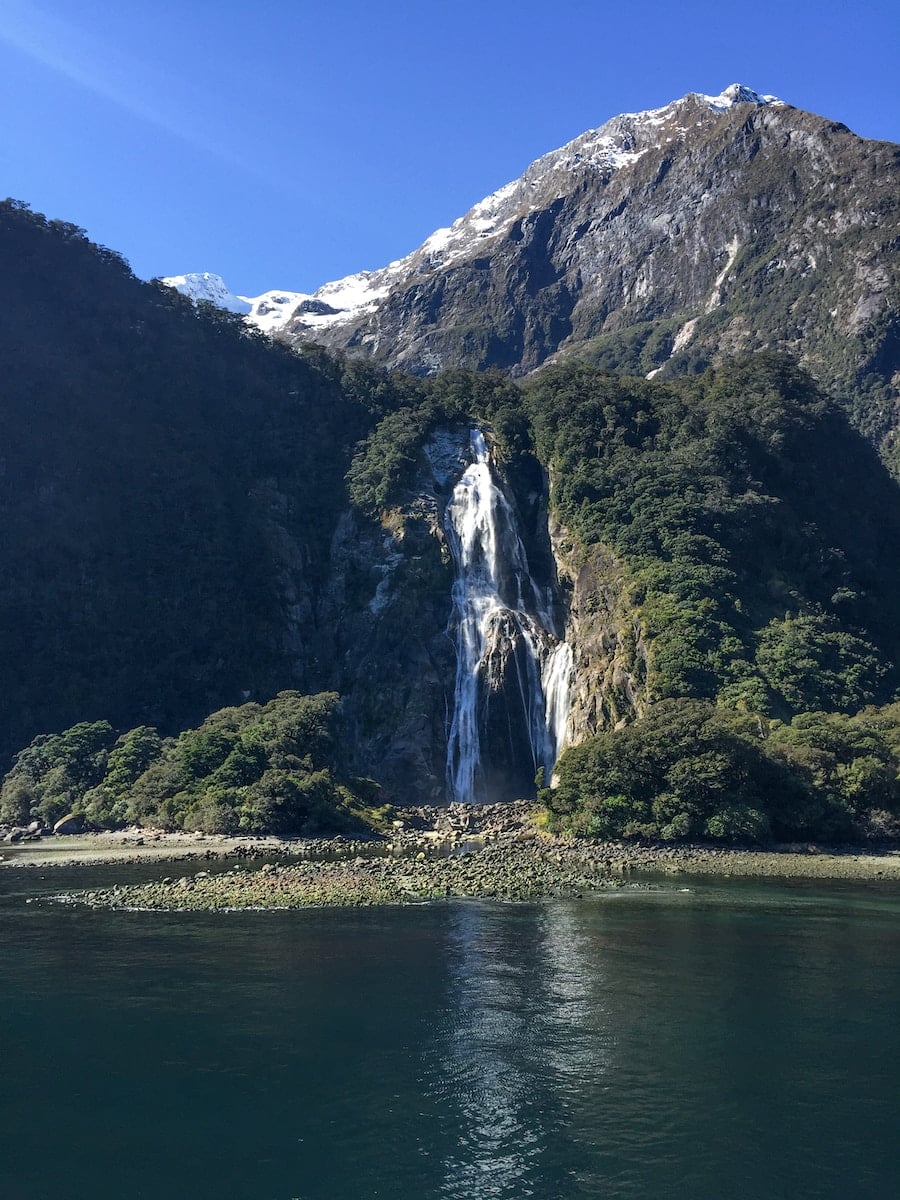
Milford Sound is a diving spot in New Zealand that is surrounded by cliffs, waterfalls, and rocks. It is known for being one of the best diving spots in the world. Divers will enjoy exploring this underwater paradise, where they can see some of the most beautiful underwater scenery that there is to explore. They can also enjoy exploring some dive sites around Milford Sound with their friends or family members. The best time to visit the Milford Sound is from October to April, when the weather is milder and there are more hours of daylight.
8. La Paz in Baja California Sur, Mexico
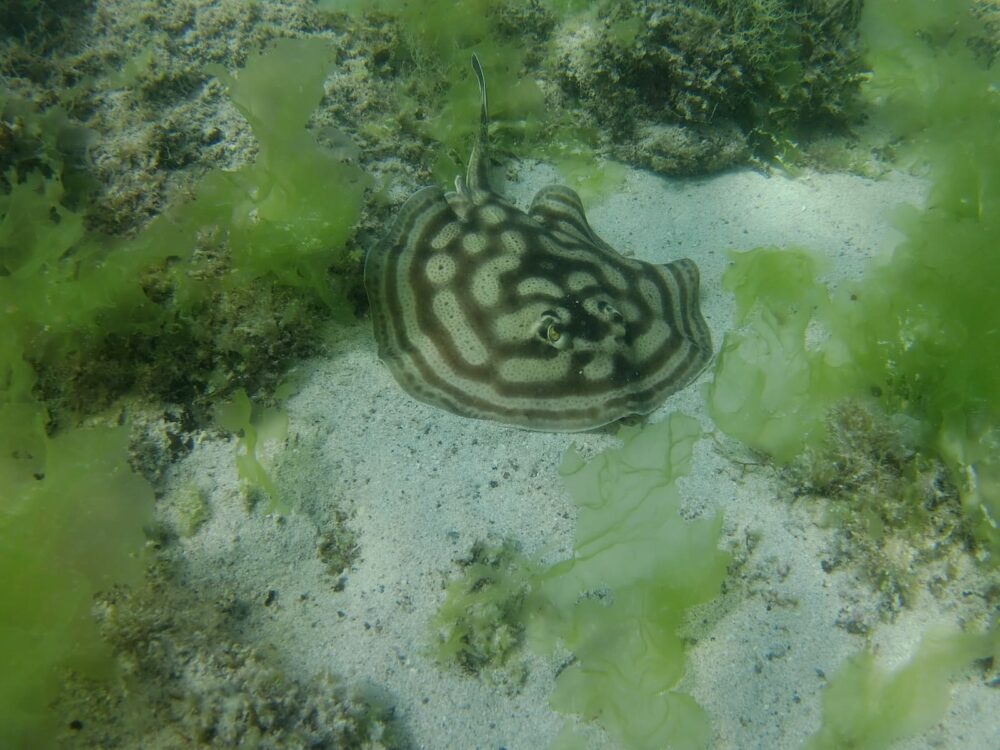
La Paz is a diving spot in Baja California Sur, Mexico. The water temperature is around 25 degrees Celsius and the visibility is about 10 meters.
La Paz has a few diving sites that are suitable for all levels of divers. There are many types of marine life to see and explore, such as sea turtles, rays, octopuses, sharks, dolphins and many more. It is also well-known for its whale shark and manta ray sightings.
9. The Galápagos Islands in Ecuador
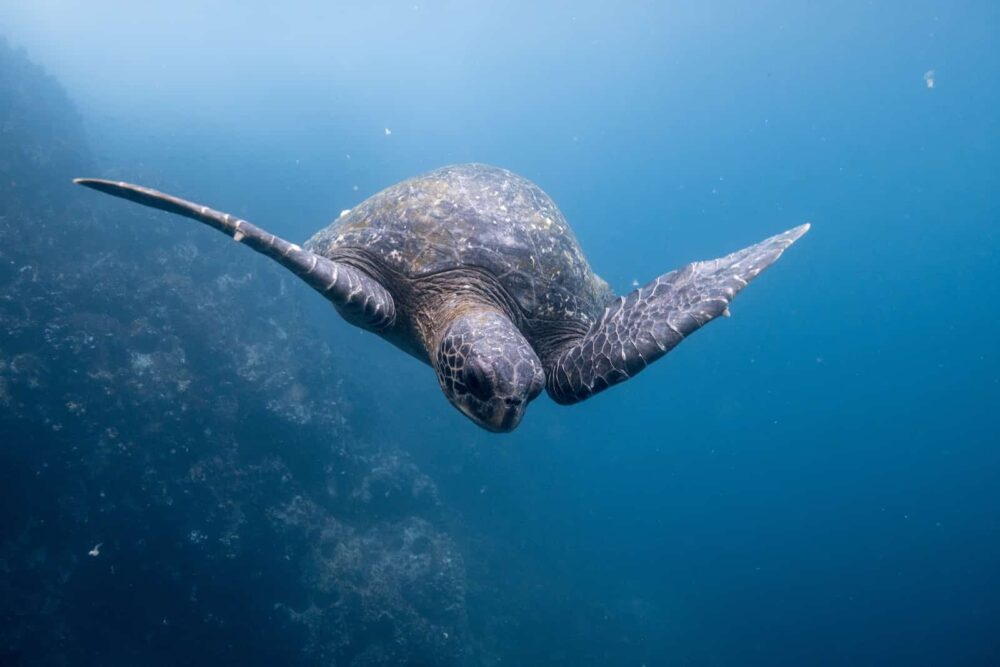
The Galápagos Islands are a group of islands in Ecuador, located in the Pacific Ocean. It is one of the best diving spots in the world due to its biodiversity and the presence of endemic species. In the Galápagos Islands, you can find blue-footed boobies, sea lions, marine iguanas, penguins and many other species that are endemic to this region.
Ad
10. Cocos Island in Costa Rica
Cocos Island is a small island off the coast of Costa Rica. It is a popular diving spot for tourists and locals alike, who come to explore the underwater life and see the sunken shipwrecks.
Cocos Island is a small island off the coast of Costa Rica. It is a popular diving spot for tourists and locals alike, who come to explore the underwater life and see the sunken shipwrecks. The most popular dive site on Cocos Island is called “The Bat Cave” which has an entrance that looks like an upside-down letter “Y”. This cave can be found at depths of 40-70 feet on one side of the island.
Cocos Island has been home to many shipwrecks that have been scuttled over time, some from as early as 1650 AD, when pirates were common in these parts. These wrecks are now home to various types of marine life such as octopuses or lobsters. The dive sites are also known for their biodiversity, including sea turtles, sharks, manta rays and humpback whales.



